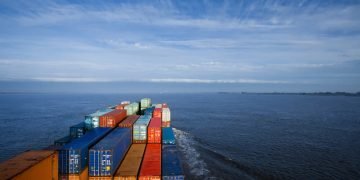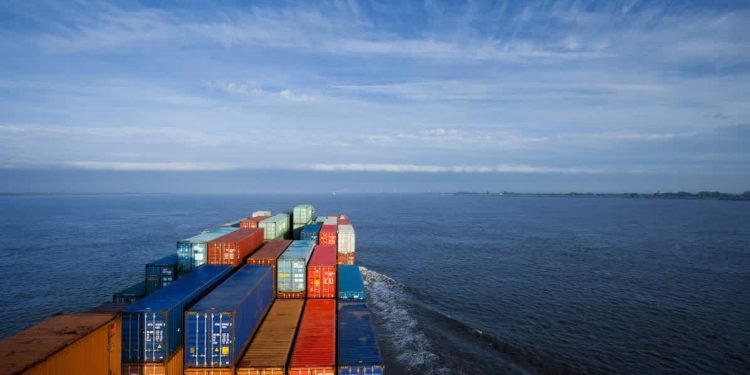By Eva Richardson – The Logistic News, March 14, 2025
China’s massive investments and technological advancements in maritime infrastructure have propelled it to a position of unrivaled influence in global trade, restructuring supply chains and logistics networks worldwide. With state-backed financing, AI-driven port automation, and strategic acquisitions under the Belt and Road Initiative (BRI), China is reinforcing its role as the dominant force in global shipping and logistics.
Unprecedented Investment in Global Trade Hubs
China has channeled billions into domestic and international port infrastructure, securing strategic access to key trade routes. Major developments include:
- Expansion of world-leading ports such as Shanghai, Ningbo-Zhoushan, and Shenzhen, incorporating next-generation automation.
- Acquisition of port terminals in Europe, Africa, and the Middle East, giving China influence over key maritime choke points.
- Integration of blockchain and AI-powered logistics, ensuring more efficient supply chain tracking and freight movement.
“China’s maritime expansion is a combination of economic strategy and geopolitical maneuvering,” said a global trade analyst. “Their control over key infrastructure means they are setting the terms for international shipping.”
Technology-Driven Maritime Leadership
China’s dominance is not just about physical infrastructure—it is also about technological superiority. Innovations transforming its port operations include:
- AI-powered smart ports, reducing congestion and optimizing cargo handling.
- Autonomous shipping advancements, using AI to streamline vessel operations.
- Eco-friendly logistics hubs, aligning with global sustainability goals to lead the green shipping movement.
“Chinese ports are redefining efficiency,” noted an industry expert. “Their use of AI and automation puts them ahead of many Western competitors, significantly cutting turnaround times.”
Global Impact: The Consequences of China’s Maritime Dominance
China’s deepening influence in global shipping lanes has major consequences for international trade, including:
- Growing reliance on Chinese infrastructure, raising supply chain security concerns.
- Increased freight pricing leverage, allowing China to set competitive shipping rates.
- Regulatory influence, with Beijing shaping trade policies through its vast logistics footprint.
Western economies are seeking counterstrategies to mitigate China’s growing control. The U.S. and EU have announced plans to invest in alternative trade routes and diversify their port ownership structures. However, China’s technological edge and extensive global partnerships make it a formidable competitor in maritime logistics.
What Lies Ahead: China’s Next Moves in Global Trade
Looking forward, China is expected to further expand its maritime dominance by:
- Securing additional port deals, particularly in strategic regions such as Latin America and the Indian Ocean.
- Investing in AI-driven shipping corridors, improving real-time trade route management.
- Developing autonomous and green shipping solutions, positioning itself as a leader in sustainable maritime logistics.
As global trade patterns shift, China’s investment strategies and technological leadership will continue shaping the future of international logistics and supply chain efficiency for years to come.
Stay ahead with The Logistic News for insightful analysis on global trade shifts, maritime infrastructure investments, and the evolving landscape of international logistics.























